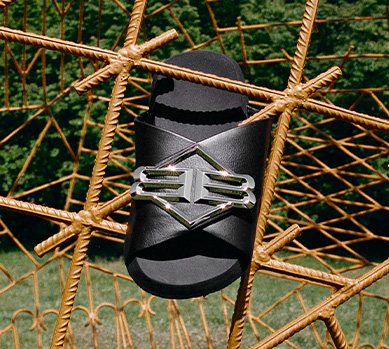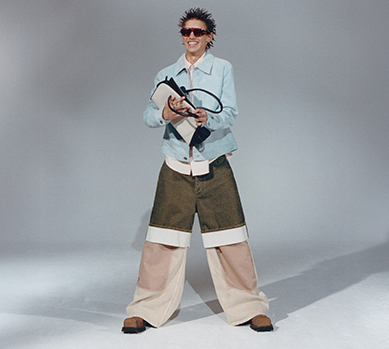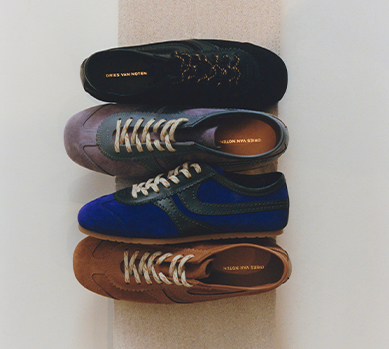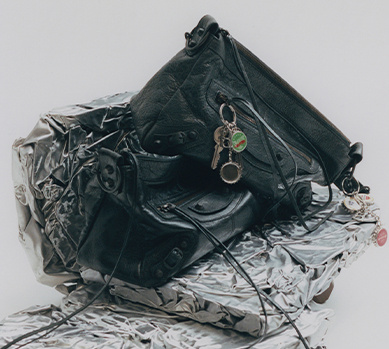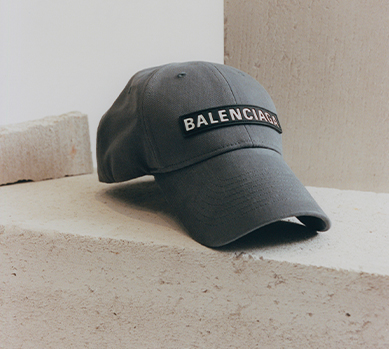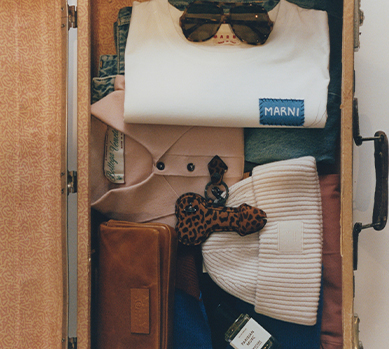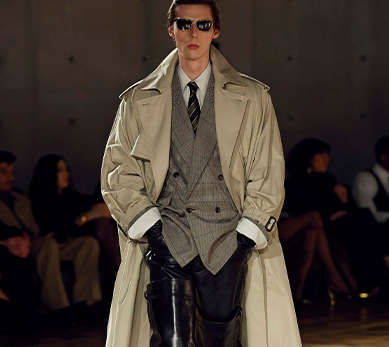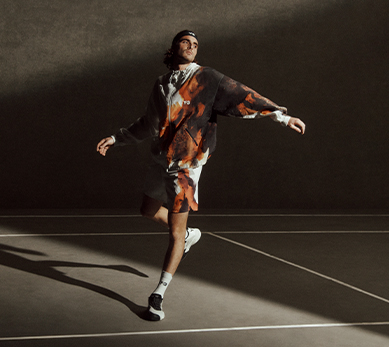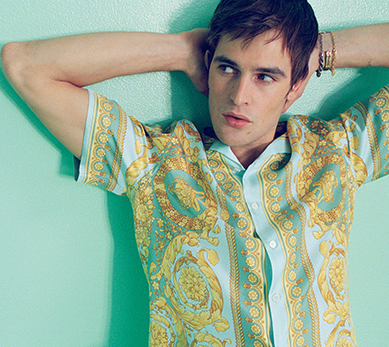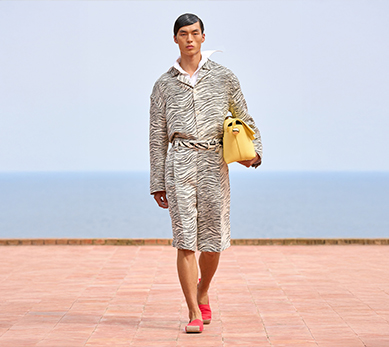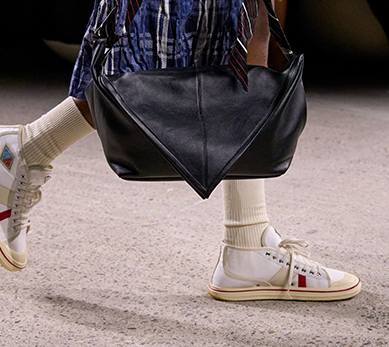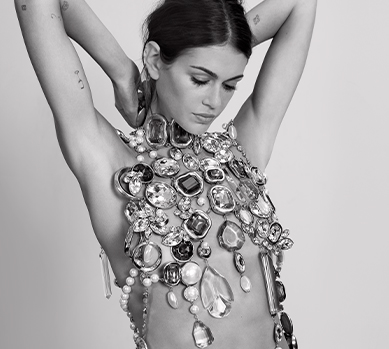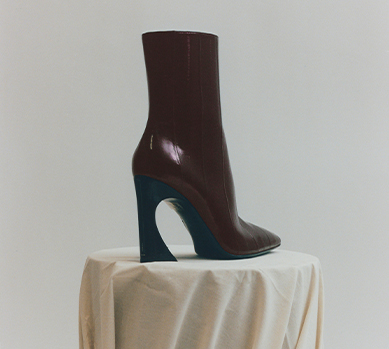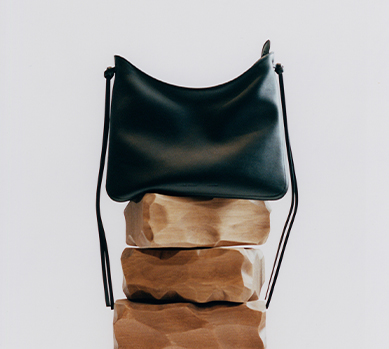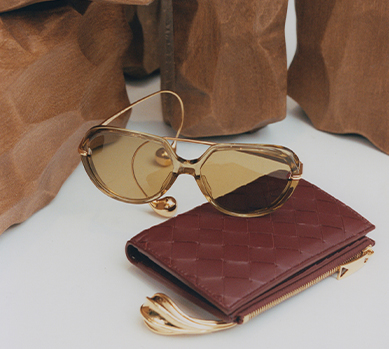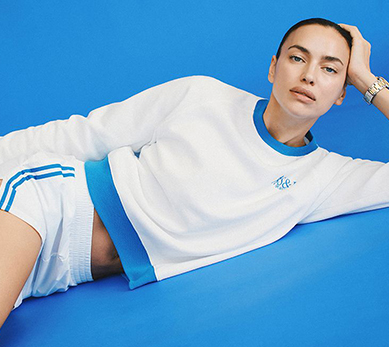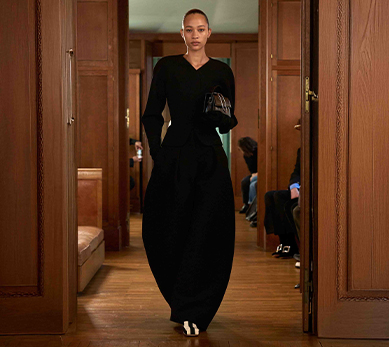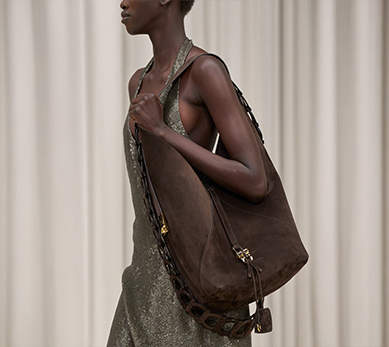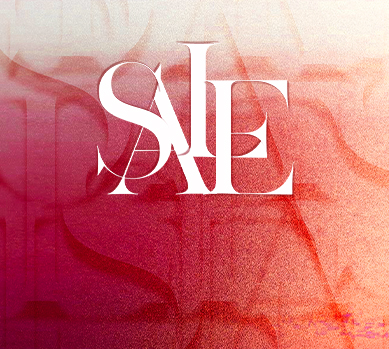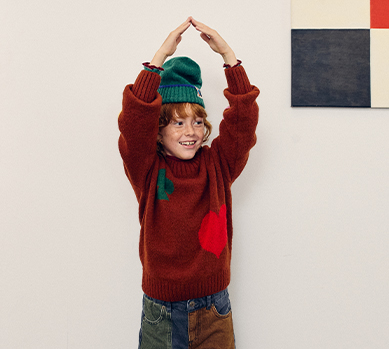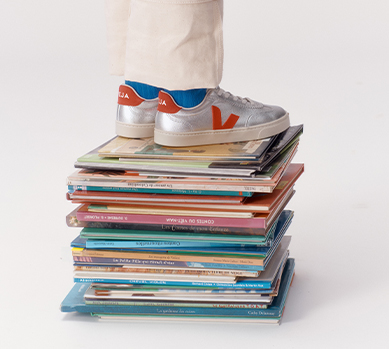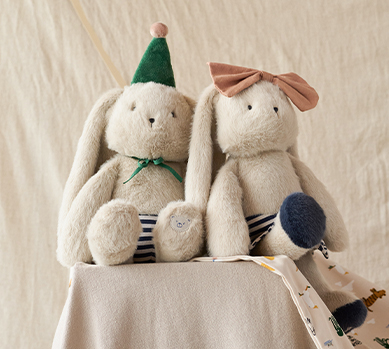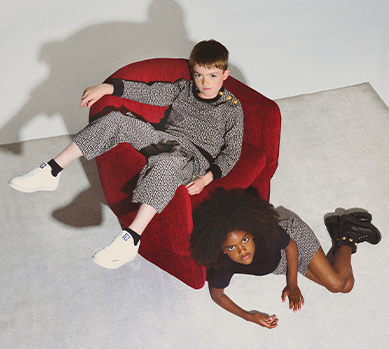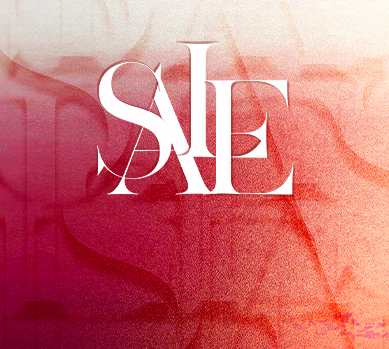Spanish clothing brands: luxury, craftsmanship, and avant-garde at the heart of fashion
Fashion

Discover the lesser-known side of Spanish fashion – a world of luxury, craftsmanship, and avant-garde beyond fast fashion.
In the global fashion consciousness, Spain often appears as the cradle of fast fashion giants. This association, though economically justified, is incomplete and trivializes the richness and complexity of the Iberian design scene. Beyond the reach of mass production and rapidly changing trends, there exists a world where heritage, artisanal precision, and artistic vision dominate. It is in this segment that Spanish premium and luxury clothing brands are building their reputation, offering an alternative based on quality, history, and a unique style that is more than just a response to a fleeting trend.
This article will take you on a journey through the less obvious, but much more inspiring, face of Spanish fashion. We will examine the foundations on which its luxury is based, decipher its unique aesthetic, look at the icons who have defined its image, get to know the contemporary pillars of the market, and discover how a new generation of designers is shaping its future.
The essence of Spanish aesthetics
Before we delve into specific brands, it is worth defining what actually constitutes the uniqueness of Spanish luxury. This is not the minimalist coolness of Scandinavia or the nonchalance of Parisian chic. Spanish aesthetics are more dramatic, sensual, and deeply rooted in culture.
Dramaturgy and volume: The influence of historical court and regional costumes, such as flamenco dresses, is undeniable. It manifests itself in a love for ruffles, puffy sleeves, and sculptural forms that give the silhouette a theatrical character.
Intensity of color: The Spanish color palette is bold. It is dominated by deep black, passionate red, and warm earth tones. These colors are not merely decorative; they carry an emotional charge and cultural references.
Dialogue with art: The artistic heritage of masters such as Goya, Velázquez, Picasso, and Dalí is ever-present. Surrealist details, bold contrasts, and a painterly approach to fabrics make many creations "wearable art."
Pride of origin: Luxury in the Spanish edition is also about emphasizing locality. The origin of materials, the place of production, and traditional techniques are communicated not as a curiosity, but as a fundamental element of the product's value.
The foundations of Spanish luxury
At the heart of Spanish luxury fashion lies a deep-rooted respect for craftsmanship. It is the backbone on which the most prestigious fashion houses are built. To understand this relationship, one only needs to look at the phenomenon of the town of Ubrique. This small town in Andalusia has become a global epicenter for the production of luxury leather goods. It is here, in family-owned workshops, that handbags and accessories are created for the world's biggest brands. This mastery in leatherworking, passed down from generation to generation, is tangible proof that Spanish craftsmanship is not a relic of the past, but a living and key element of the modern luxury industry.
In this way, Spanish clothing brands act like curators of cultural heritage, skillfully translating historical motifs into the language of contemporary aesthetics. Leather from Ubrique, lace from Camariñas, or wool from Extremadura are not just raw materials, but carriers of history that gain a new, global life in the hands of designers.
Icons who defined Spanish prestige
When we talk about Spanish luxury, a few names immediately come to mind. These are the pillars on which the country's international reputation in the field of haute couture and prêt-à-porter was built.
Loewe: the aristocracy of leather and art
Founded in 1846 in Madrid, Loewe is probably the most perfect example of a Spanish luxury brand. From the very beginning, the company was famous for the unparalleled quality of its products, which earned it the title of official supplier to the Spanish royal court. However, the brand's true renaissance came under the creative direction of Jonathan Anderson. The British designer breathed a new, avant-garde spirit into Loewe, combining art, craftsmanship, and fashion into a coherent, intriguing whole. Iconic bags, such as the Puzzle or the Gate, have become objects of desire all over the world, and the brand itself has gained the status of one of the most innovative players on the market.
Balenciaga: the architect of fashion
Although today the fashion house Balenciaga is associated with Paris, its founder, Cristóbal Balenciaga, was a Spaniard from the Basque Country. His influence on the history of fashion cannot be overstated. Called "the master of us all" by Christian Dior, Balenciaga was a revolutionary, a sculptor of fabrics who treated fashion with architectural precision. His innovative silhouettes—the "sack" dress or the "cocoon" coat—forever changed the female figure and to this day remain a point of reference for designers. His legacy is proof that the Spanish contribution to world luxury has a deep, fundamental significance.
Contemporary pillars: established premium brands
Between the historical icons and the niche avant-garde lies the heart of contemporary Spanish fashion—premium brands that dress elegant Spaniards on a daily basis. They form a bridge between haute couture and accessible fashion.
- Adolfo Domínguez: A pioneer of the slogan "the wrinkle is beautiful" (la arruga es bella), which in the 1980s became a manifesto of naturalness and an intellectual approach to fashion. The brand is famous for its minimalist elegance, natural fabrics (especially linen), and timeless cuts.
- Bimba y Lola: A cultural phenomenon and a master in the accessible luxury segment. The brand has won the hearts of customers with its bold, often ironic patterns, characteristic accessories, and well-tailored clothes that combine classics with a touch of eccentricity.
- Purificación García: A synonym for functional elegance for professional women. Her collections are the quintessence of a subdued color palette, clean lines, and intelligent solutions that work both in the office and after hours.
These brands, though perhaps less spectacular than Balenciaga, play a key role in shaping everyday style and defining what contemporary Spanish elegance is.
The new wave and avant-garde: redefining tradition
Alongside the established fashion houses, a new generation of Spanish talent is thriving. They are not afraid to experiment and redefine the concept of "Spanishness" in fashion, often also focusing on menswear.
- Palomo Spain: Alejandro Gómez Palomo has gained international fame thanks to his theatrical, gender-fluid collections that deconstruct the traditional male wardrobe, drawing on Andalusian folklore and queer aesthetics.
- Oteyza: A brand that revives traditional Spanish men's clothing, such as Cordoban hats or wide trousers, and gives them a modern, avant-garde form. Their shows, which combine fashion with dance, are true artistic performances.
- Carlota Barrera: A designer known for redefining contemporary men's tailoring. Her designs combine artisanal precision with subtle sensuality and an innovative approach to classic forms.
- Teresa Helbig: A winner of many awards, creating extremely feminine, intricately decorated prêt-à-couture creations. Her designs are an example of craftsmanship of the highest order, where every detail matters.
Not just clothes: Spanish luxury in accessories
The strength of Spanish design is also fully manifested in the world of accessories. Manolo Blahnik, a designer born in the Canary Islands whose name has become synonymous with luxurious, handmade shoes, is the best example of this. His stilettos are pop culture icons and objects of applied art. In the field of jewelry, brands such as Suárez, with a tradition of over 75 years, represent classic, masterful jewelry, while Tous, with its characteristic bear, has become a global symbol of accessible luxury.
Conclusion: the full picture of Spanish fashion
The Spanish fashion scene is a fascinating study of dualism. On the one hand, we have the global power of fast fashion, and on the other, a world of luxury and premium that cultivates craftsmanship, celebrates individualism, and creates objects of lasting value. These two worlds, though seemingly contradictory, coexist, creating a full, multidimensional picture of the Spanish fashion industry.
Luxury offers what mass fashion cannot: a narrative, durability, and an emotional connection with the product. In an era of growing awareness about sustainable development, the philosophy of Spanish premium brands—based on timelessness and quality—is gaining importance. Discovering them is more than just shopping. It is a journey through history, art, and culture that proves that true style does not fade with the end of the season.
Key takeaways
- Spanish luxury fashion goes beyond fast fashion, distinguished by its rich heritage, artisanal precision, and unique, sensual aesthetic. It is deeply rooted in culture, offering an alternative based on quality.
- Craftsmanship is a fundamental pillar of Spanish luxury, exemplified by the town of Ubrique, a global center for leather goods production. This mastery, passed down through generations, increases the value of the products.
- Iconic brands such as Loewe, known for its aristocracy of leather and art, and Balenciaga, valued for its architectural approach to fashion, have shaped the global reputation of Spanish luxury. Their heritage is key.
- Contemporary Spanish fashion includes established premium brands like Adolfo Domínguez, offering timeless elegance, and a new wave of avant-garde designers redefining tradition and men's tailoring.
- Spanish luxury design also includes accessories, exemplified by the iconic shoes of Manolo Blahnik and the jewelry of Suárez. These brands confirm the power of craftsmanship and creativity in the global industry.
- The strategy of Spanish premium brands, focusing on timelessness and high quality, is gaining importance in the context of growing awareness of sustainable development, offering lasting emotional value in their products.

